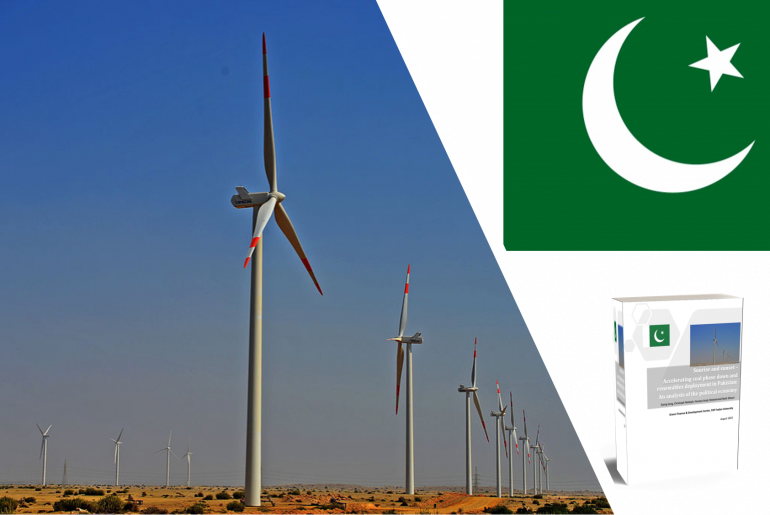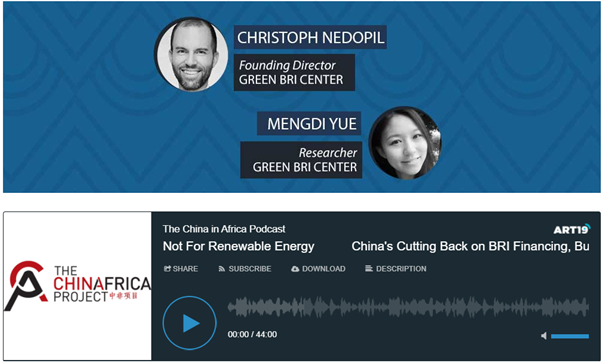In a new report, Ziying Song, Christoph Nedopil (both GFDC), Haneea Asad (IEEFA Pakistan) and Muhammad Basit Ghauri (Renewables First Pakistan) analyze the opportunities for accelerated coal phase-down and green energy expansion in Pakistan. >> You can download the report here Executive Summary Pakistan like many nations, faces the urgent…
Download full report As the world’s largest bilateral creditor nation, China may be considering strategies and plans for debt reorganization for some of its most important, and most debt stressed, BRI country partners. The world is experiencing the worst sovereign debt crisis in a generation, and China is in a…
*updated on April 26, 2022 to correct an error of overstating China’s debt suspension in 2020. Key findings The debt burden of the world’s low-income countries rose 12% to a record US$860 billion in 2020;About 60% of low-income countries are at high risk or already in debt distress, up from…
Introduction Whilst the BRI is led by Chinese industry, the private sector is cautious in its implementation of environmental protection, especially regarding biodiversity conservation.1 Chinese BRI financiers lack international best-practice safeguards, whilst the whole project may impact more than 369 000 km2 of vulnerable habitat in a 25 km buffer…
We invite you to listen to the new China in Africa Podcast, which invited IIGF Green BRI Center Director Christoph Nedopil and Researcher Mengdi Yue to discuss how the Belt and Road Initiative might become even greener in the coming years. The podcast was titled “China’s Cutting Back on BRI…
Highlights Download pdf The outbreak of COVID-19 has accelerated many debt issues in Belt and Road Initiative (BRI) countries. In our previous brief on the debt issue in 52 selected BRI countries, we analyzed both the reasons for the pressing debt sustainability issues and the countries that are particularly vulnerable…





